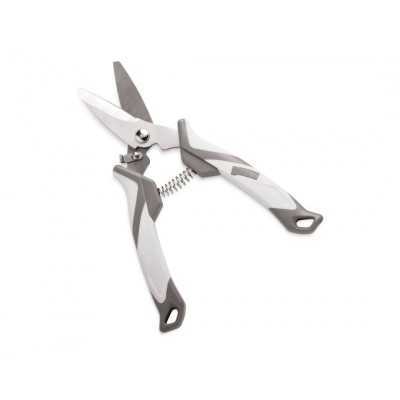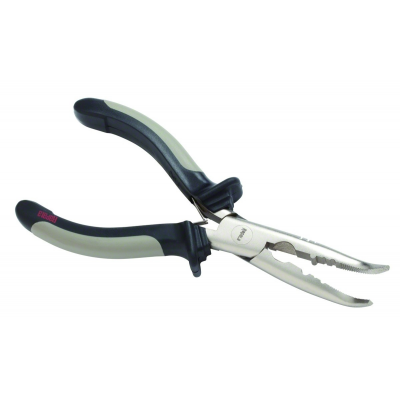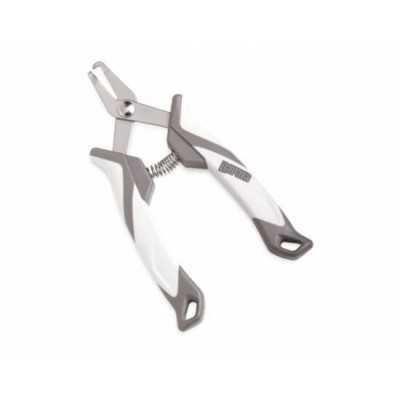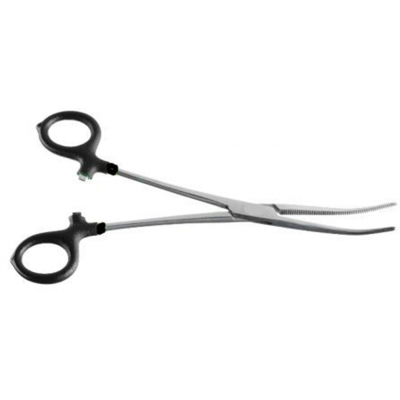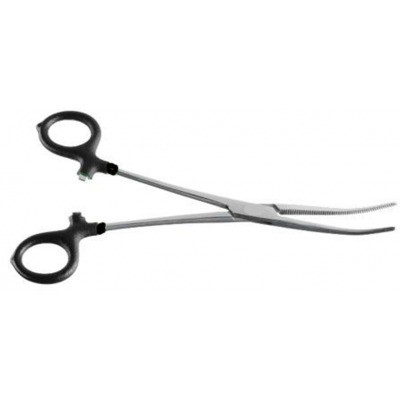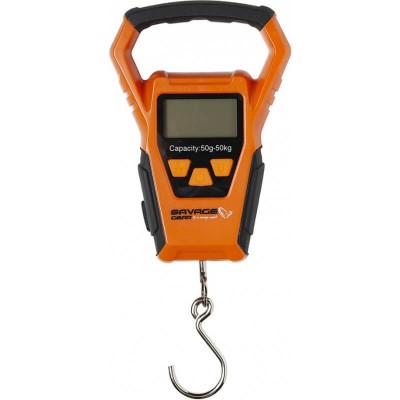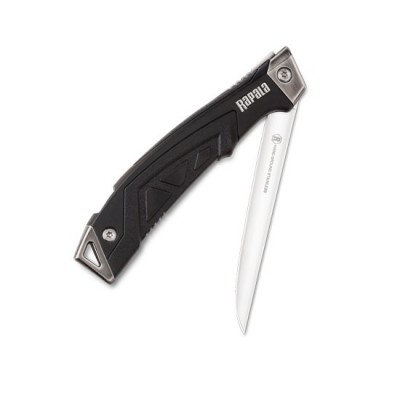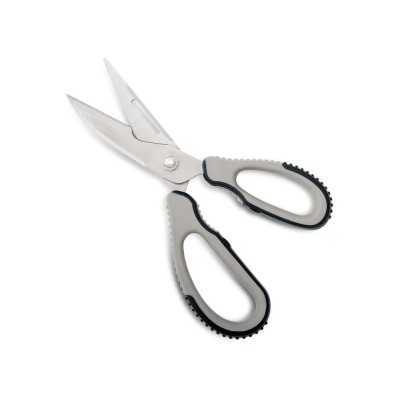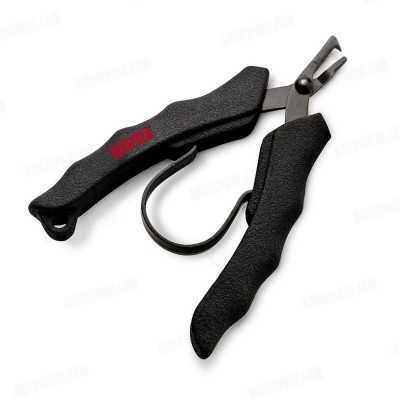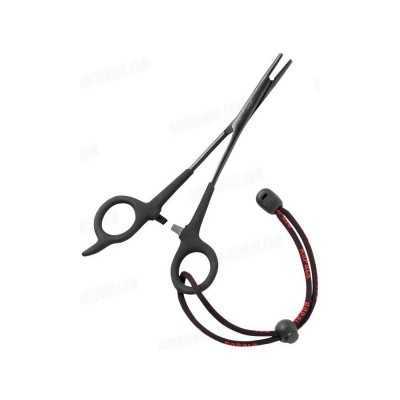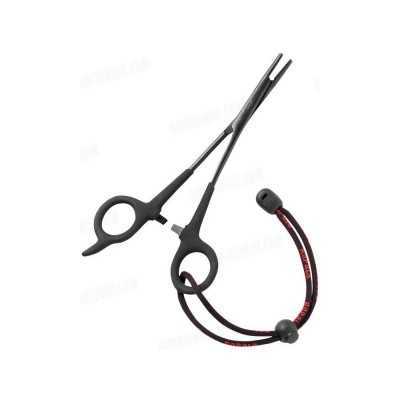Knives
Knives for Fishing, Fish Filleting etc.
Fishing knives are indispensable tools that provide versatility and functionality, essential not only for fishing itself but also for preparing the catch. Ideally, fishing knives should have the right features to facilitate a wide range of tasks, from catching the fish to preparing it. These features include high-quality materials, ergonomic design and corrosion resistance.
The most common fishing knives are made of stainless steel or carbon steel. Stainless steel is strong, highly resistant to rust and easy to maintain, making it a popular choice among anglers. Carbon steel provides durability and sharpness, but requires constant care to prevent corrosion. The construction is equally important - the handle must be comfortable and not slip from moisture and fish slime. Rubber or wooden handles are a good solution because of their gripping properties.
When choosing the right knife, it is necessary to take into account your fishing style and conditions. For example, a paring knife with a thin, long blade is ideal for filleting, while a shorter and thicker knife with an aggressive blade will be the best choice if you are fishing for large catches and need a powerful tool for dissection. In addition, hinged knives are practical due to their compactness and safety during transport.
Don't forget to take into account the additional features that your knife may require. Some models are equipped with built-in hook extractors or saw blades for more versatility. Choosing a fishing knife is an important step that can affect your fishing experience, so it's worth investing the time and money in getting the right tool.
Special Knives for Filleting Fish
Special knives for filleting fish are essential for every fisherman as they ensure precise and efficient work. These knives have special features that help to achieve the desired result when filleting fish. One of the most important features is flexibility. The flexible blade makes it easy to follow the bones of the fish and obtain thin, clean fillets without too much effort. This is particularly important to avoid the destruction of the fish flesh and to ensure maximum utilisation.
The sharpness of the knife is a very important aspect. A sharp blade allows a smooth and precise cut to be made on the flesh of the fish without cutting too much or damaging the structure. In addition, the shape and length of the fish filleting knife are adapted to allow the knife to handle fish of different sizes neatly and comfortably. Fish filleting knives are generally long and narrow, which allows them to easily penetrate the fish tissue and assist in a fast and accurate filleting process.
To achieve the best results, it is important to learn the correct filleting techniques and to use the filleting knife correctly. One of the main tips is to leverage the flexibility of the knife so that it follows the contours of the fish as easily as possible. It is also important to sharpen the knife regularly so that it maintains its sharpness and is as effective as possible.
Thanks to others, there are many well-known brands on the market that produce high quality fish filleting knives. Victorinox, Rapala and Wusthof, for example, are particularly recommended by experts for their excellent technical characteristics and durability. These models not only offer good filleting properties but also ensure durability and ease of use.
Multifunctional knives and their applications
Multi-purpose knives are an integral part of the equipment of nature enthusiasts due to their versatility and practicality. These knives are not only for fishing or filleting fish, but can also be used for a variety of other activities in the wild.
Multi-purpose knives often have an extremely durable and sharp blade, which can be used for cutting food, preparing fuel for a campfire or even nature trails. Their versatility makes them suitable for fishing, camping, hunting or other outdoor activities. One of the main advantages is the ability to replace several tools with one, saving space and reducing the weight of luggage.
When choosing a multi-purpose knife, it is important to pay attention to its construction and materials. High-quality steel ensures durability and resistance to corrosion, while the ergonomic handle makes it comfortable and safe to use in all conditions. It is also worth thinking about the shape and length of the blade so that it is suitable for a wide range of tasks.
Some multi-purpose knives come with additional tools such as saws, bottle openers or even mini-pliers to increase their usefulness in the wild. For example, when fishing, cutting a line or removing a hook becomes much easier with a tool that is always at hand.
When camping, multifunctional knives can also perform many important tasks, from chopping branches for fuel to pitching a tent. They help with food preparation and all sorts of small jobs that can prove difficult without the right tool.
Multi-purpose knives are a great choice for outdoor enthusiasts as they allow you to prepare for a wide range of situations with a minimum of extra tools. As a result, these knives remain an indispensable part of every active person's equipment.
Care and Storage Tips
Proper care of your knives is essential to make them last longer and keep their sharpness. Proper cleaning, sharpening and storage of fishing, filleting and other specialised knives can not only prolong the life of your knives, but also ensure your safety.
First of all, it is essential to clean the knife thoroughly after each use. When washing the knife, use warm water and a mild detergent to remove any residue and grease. It is important to avoid aggressive cleaners as they can damage the surface of the knife. Please note that some knives may be susceptible to rust, so they should be dried thoroughly with a soft towel after washing.
The sharpness of the knives is another important consideration. If you want to keep your knives sharp, regularly use sharpening stones or special sharpening systems. Sharpening stones usually need to be soaked in water before use, and the sharpening process should be done diagonally and uniformly so that the edge of the knife is evenly thin. Sharpening techniques may vary depending on the type of knife and the manufacturer's recommendations should be followed.
It is also important to store and transport knives properly. Store knives in a knife block or special case to prevent damage to the knife edge and to reduce the risk of accidental injury. For transport, it is best to use a protective case or a multi-functional tool tray to protect the knives from impact and abrasion.
Proper care and storage of your knives will help you enjoy their functionality and sharpness for longer. Whether they are fishing, filleting or other specialised knives, their longevity depends on responsible handling and a careful approach to maintenance.

